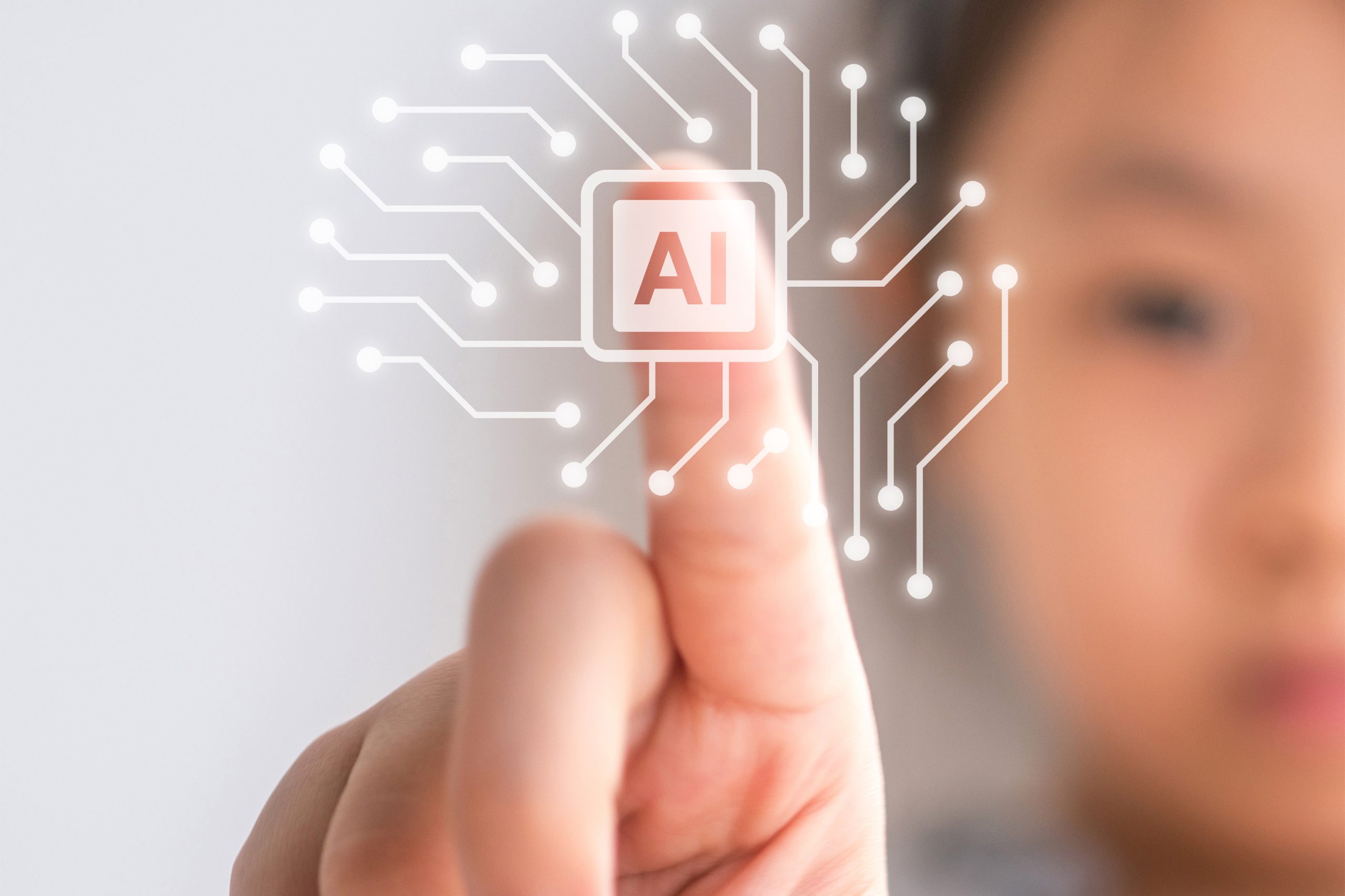Despite ever-increasing talk of the potential for artificial intelligence (AI) to transform education, use of AI tools is still uncommon among teachers, according to survey findings released by the Rand Corp. on April 17. However, that is likely to change.
The report, Using Artificial Intelligence Tools in K–12 Classrooms, relies on a combination of nationally representative surveys of 1,020 teachers in fall 2023 and of 231 districts in fall 2023, with interviews from 11 leaders from these districts in December 2023 and January 2024.
District supports for AI in schools
Among the districts surveyed:
- Historically advantaged districts were the most likely to have already provided or plan to provide teacher training about AI.
- Only 5 percent of districts have already adopted AI-specific policies for students, but 31 percent said they were in the process of developing one.
- District interviewees were primarily concerned with increasing teachers’ take-up of AI rather than limiting its use, and were more focused on training teachers to use AI rather than setting policy regarding student use of AI, primarily because they see the potential for AI to make teachers’ jobs easier.
- By the end of the 2023–24 school year, 60 percent of districts plan to have trained teachers in AI use.
- District interviewees also voiced concerns about uneven teacher take-up, even with training.
- Rapidly evolving AI and navigating downsides were among the main reasons leaders said they were slow in setting policy.
- District interviewees said they want additional guidance on policy and training.
- Some districts are already piloting AI-enabled programs.
Key findings from teacher surveys
Many of the AI tools and products currently used to support classroom instruction include chatbots (e.g., ChatGPT), adaptive learning systems (e.g., Khan Academy) and virtual assistants (e.g., Amazon Alexa). The use of AI tools is still uncommon among teachers, researchers found.
- Just 18 percent used AI tools and products in their work, and 11 percent reportedly did so because these products were provided or recommended by others (presumably by school system leaders or peer teachers).
- Another 15 percent of teachers have tried using AI tools or products in their work as a teacher at least once but do not intend to regularly use them in their teaching.
- Among the 66 percent of teacher who don’t use AI, 9 percent had never heard of AI tools and products, 44 percent had heard of but never used them, and 13 percent only used AI tools and products outside of work.
Teachers who reported using AI in the classroom varied by grade level and subject. A significantly higher share of English language arts (ELA) and social studies teachers used AI tools or products in their work (27 percent) than those whose main teaching assignments included general elementary (11 percent) and science, technology, engineering and mathematics (19 percent).
“We suspect that ELA and social studies teachers are the most likely to customize, supplement, or develop their own lessons and, thus, are the most likely to use AI for lesson ideas. In prior research, ELA teachers were significantly more likely than mathematics teachers to report primarily using self-created curriculum as opposed to off-the-shelf textbooks and instructional materials,” researchers wrote. “We anticipate that teachers who generate their own content, for whatever age of student or subject, are the most likely to use AI for lesson plan development. This could have the effect of creating instruction that is not aligned to grade-level standards or schools’ planned sequences. Or, if prompted well, AI-generated modifications or wholesale lesson development could potentially be more aligned with grade-level standards, at least relative to the counterfactual of teachers pulling content from Pinterest, Teachers Pay Teachers, or other clearinghouses for lesson ideas.”
Teachers who do use AI often use it for similar purposes, with teachers most commonly reporting using virtual learning platforms (such as Google Classroom) and adaptive learning systems. Eighty percent said they used virtual learning platforms and 61 percent used adaptive learning systems at least once per week. Another 53 percent said they used chatbots, such as ChatGPT or Google Bard (now Google Gemini).
The report noted a steep drop off in usage beyond those three categories of AI tools, with about 15 percent or fewer of AI-using teachers reportedly using tools specifically designed to help write lesson plans, write assessments, do grading or provide teacher feedback at least once per week.
“We believe that, of the nine categories we listed, virtual learning platforms and adaptive learning systems are the products or tools that schools or districts have purchased or adopted school-wide and then assigned to teachers to use,” researchers wrote. “We view the other seven categories of tools we listed as more likely teacher-initiated and not school-assigned.”
Education leaders should expect to see more teachers using AI tools in classrooms over time.
- Among those already using this technology, 73 percent said that they expect to use AI products and tools more during the 2024–25 school year than they are in 2023–24. A quarter said they planned to use these technologies about the same amount, and 1 percent said that they expect to use the tools less in future school years than they do now.
- Twenty-eight percent of teachers not currently using AI reported they expect to use AI tools more in the future.




